We often take beds for granted, but the fact remains that we spend about 27 years using them if you add up all the average hours of which a person sleeps. Only when a bed is not available do you notice how important it actually is. Yes, it’s lovely to sleep in a comfortable, warm bed, but if you’re far from one, there are a few things you can do to avoid waking up all sore and in a bad mood, no matter where — or on what — you’re sleeping.
Bhaskar Health did some quick research into how you can still make sure to sleep well even if there’s no bed in sight. Don’t forget to take a quick look at the bonus section at the end of our article that explains how to sleep properly on a hammock.
When traveling by plane
1. Change positions during the flight.
Buddhist monks are known to sleep sitting upright without claiming any discomfort, but it’s recommended to sit back at an angle of at least 40 degrees. Keep in mind that changing positions and stretching your legs now and then helps too.
2. Give your head extra support, even if you’re not in a window seat.
Catching some ZZZs while sitting can be challenging since deep sleep requires the muscles to relax, and you still have to use your neck muscles to keep your head up. The most common technique is to use the window as support. To avoid the head slumping over when you’re not sitting next to a window on a plane, some travelers use a scarf to keep their heads tied to the chair. Using a neck pillow can also help since supporting your neck to maintain a forward curve is important.
3. Put on compression socks and take off your shoes.
Circulation slows down when you’re sitting down. Your blood remains in the feet and legs, meaning that sitting for long hours (like while on a flight) can lead to poor circulation throughout the body. Taking off your shoes can improve circulation, but on the other hand, maintaining warm feet is also important as it sends your body the right message: it’s time to sleep! So why not kill 2 birds with 1 stone? Compression socks can improve blood circulation while keeping your feet warm at the same time.
When using public transportation
4. Place your belongings in a safe place.
Dozing off while carrying important belongings is not really encouraged. On the other hand, if you have to sleep while commuting or coming back home, you might prevent lurking thieves if you use your bag as a pillow and cover yourself with a long coat turned inside out. That way, any pockets are out of reach and thieves would have to wake you up to reach into your bag.
It’s also worth noting that in the UK, the backs of buses are more dangerous than other seats. Late-night trips also tend to acquire more criminal offenses, according to research.
5. Eliminate noise, but not too much.
Among the various solutions to reduce noise while sleeping, earplugs can be a practical and cheap one. There are special earplugs for when you want to sleep on-the-go. On the other hand, earplugs can prevent you from hearing important sounds, such as alarms, stops, or anything that could save you from a robbery. A good compromise could be to use noise-canceling headphones with white or other color noises or simply with music that isn’t too loud.
6. Set an alarm before you doze off.
Setting an alarm while traveling can help you gain peace of mind. Instead of waking up and checking the clock all the time, let the alarm do the work for you. The key being, of course, to err on the side of caution and set an alarm for earlier than your estimated time of arrival.
When crashing at a friend’s place
7. Think outside the box to avoid the ground.
Not only is sleeping on the ground uncomfortable but it’s also more difficult to retain warmth since the ground is colder than the rest of the room. That’s why using objects such as a bathtub or an air mattress can be helpful, as long as you isolate them properly to prevent a loss of heat. For example, you can use a duvet to make a bathtub more comfortable, while at the same time, retaining heat.
8. Add more layering underneath you to get more insolation.
Whether you’re dressing or sleeping, layering is basically the best trick to retain heat. When sleeping, your pajamas can act as a moisture management system in case you sweat. Duvets can also retain heat. If the room you’re sleeping in has good airflow, then think of using fabrics that will protect you against the wind as a final layer. Additional ground layering will also make for a softer bed.
9. Place cushions strategically to prevent soreness.
Additional cushioning could be the difference between a great night’s sleep and a morning met with sore muscles. The idea is to keep your neck and back straight while slightly flexing your knees. Arms should fall relaxed at your sides. Place one pillow under the head and shoulders to make sure your neck is properly aligned. Then place 2 pillows lengthwise, starting at the ankles, and continuing
to the bottom of the buttocks to relax the lower back and flex your knees.
Bonus: how to sleep in a hammock
Many people claim hammocks have major health benefits, while others clearly disagree with them. According to hikers who commonly camp overnight and avoid coming into contact with insects and the cold ground, sleeping comfortably in a hammock depends on 2 things:
- How tight your hammock is. Unlike what most people think, a hammock shouldn’t be stretched too tightly because then it won’t curve enough to adapt to your body shape. A loose hammock gives you a lot more space to stretch out since there are no walls to “cocoon” you.
- The position you’re using. Ideally, you should sleep in a slightly diagonal position. To get there, you have to slide your legs 8 to 12 inches to the left or right of the normal sleeping position and then do the exact movement with your upper body and head, but in the opposite direction.
Do you know any tips on how to sleep better when there’s no bed around? What about sleeping in a hammock? Do you use any particular techniques? Don’t forget to share pics and tips with us in the comments!


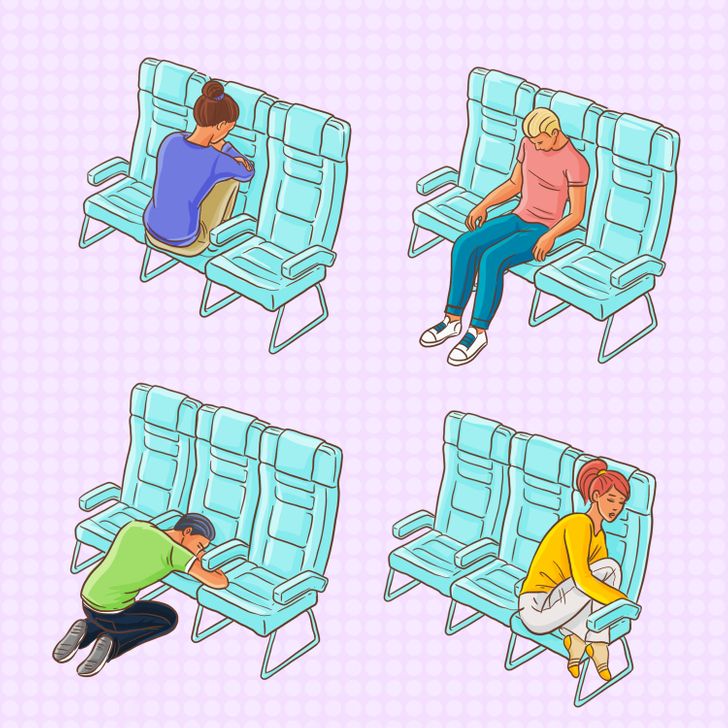
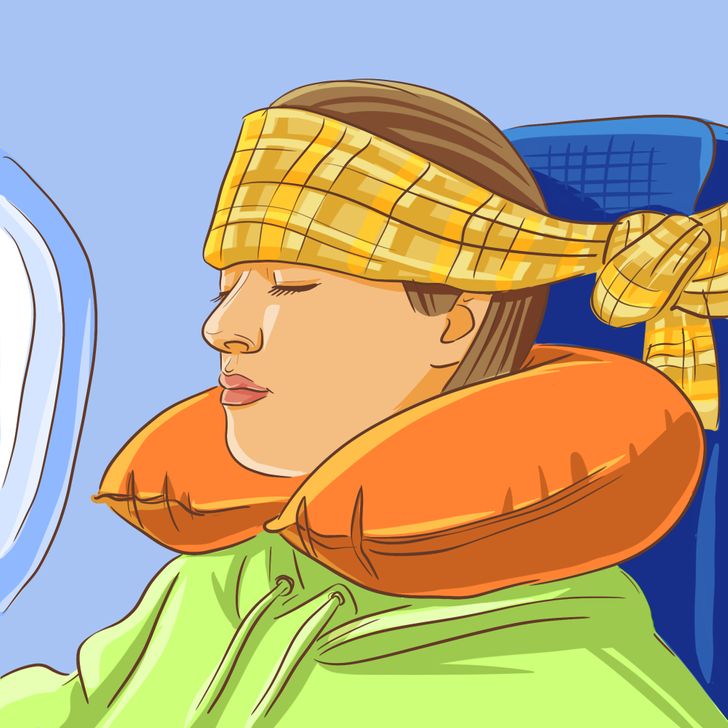
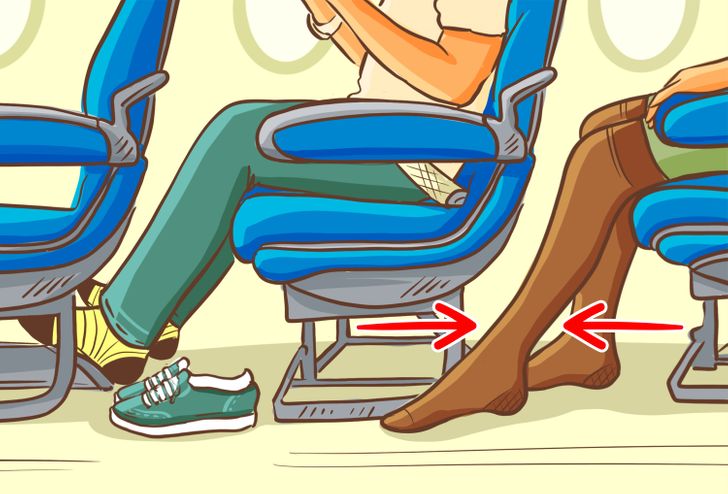
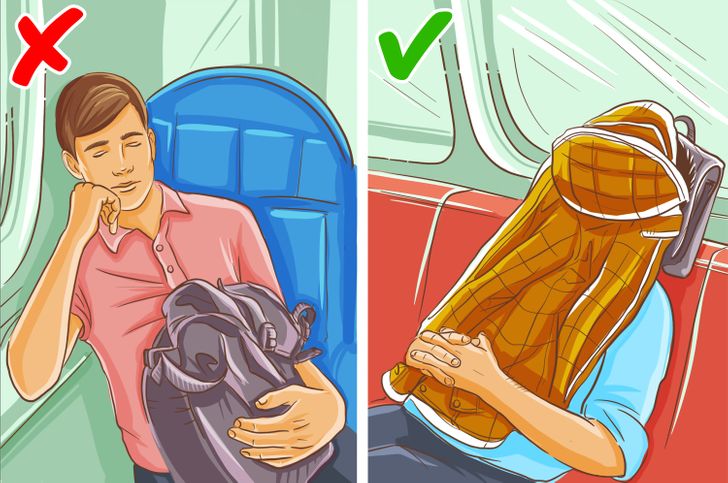
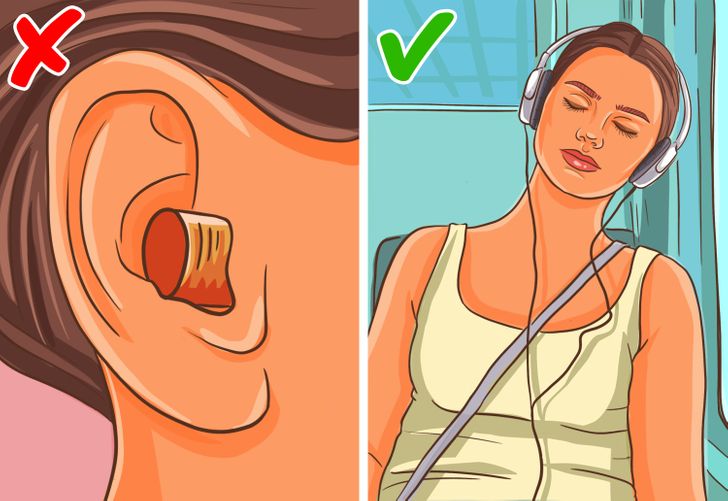
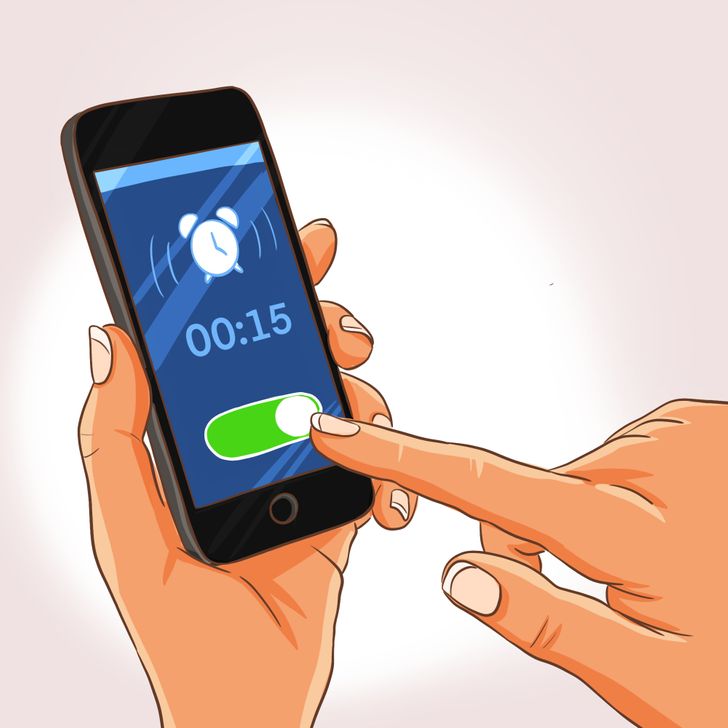
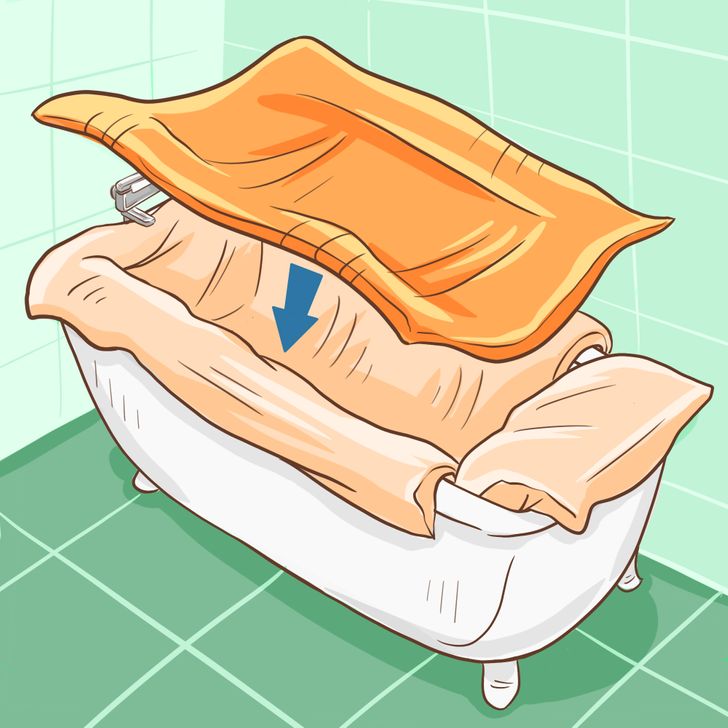

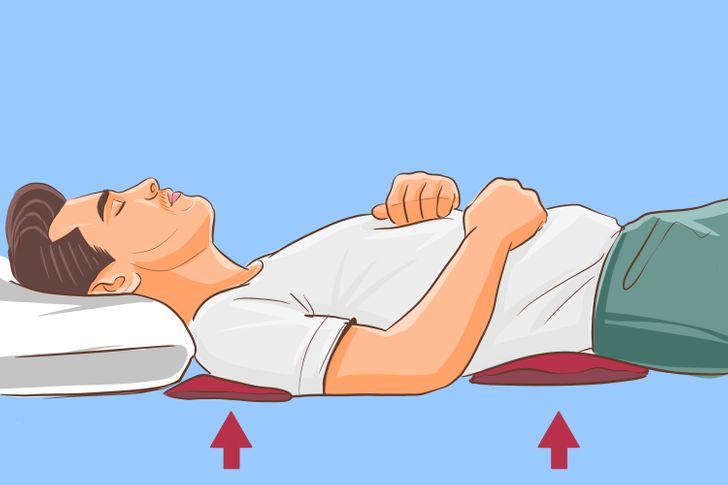
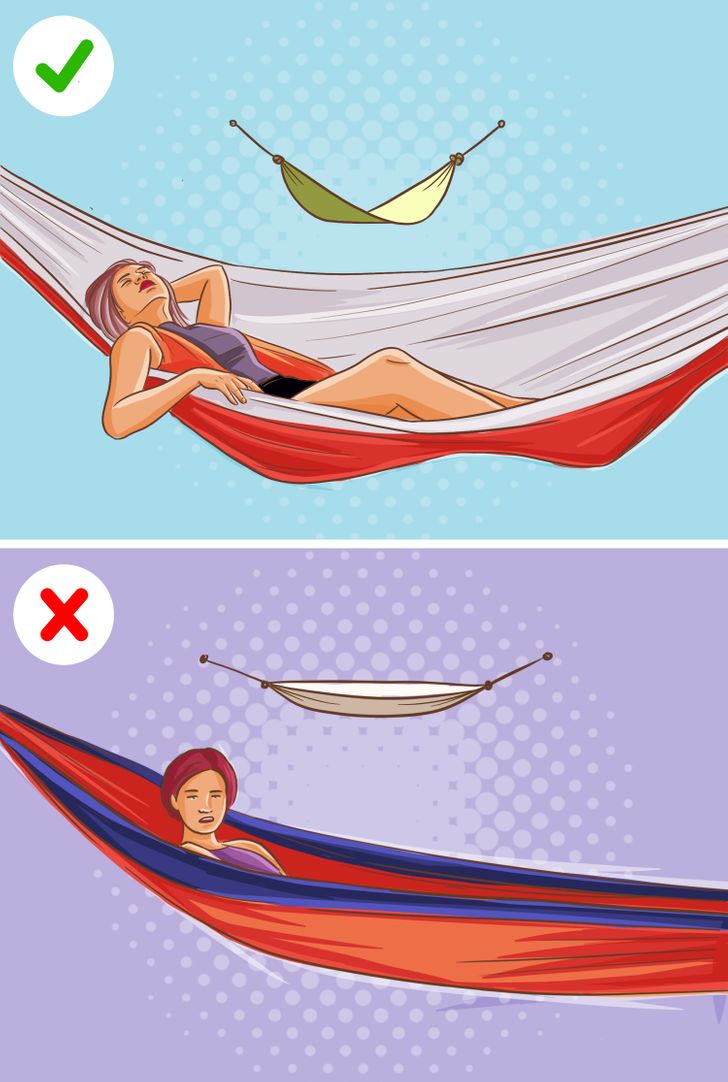
0 Comments